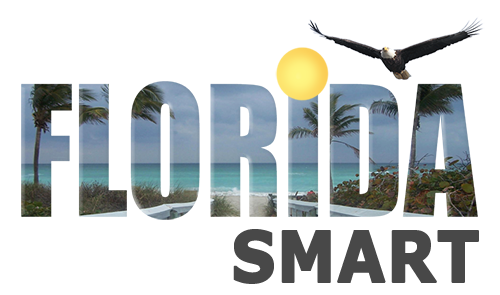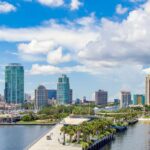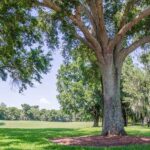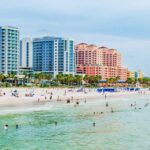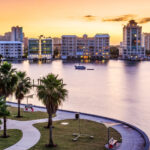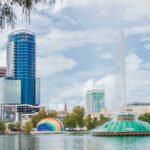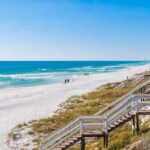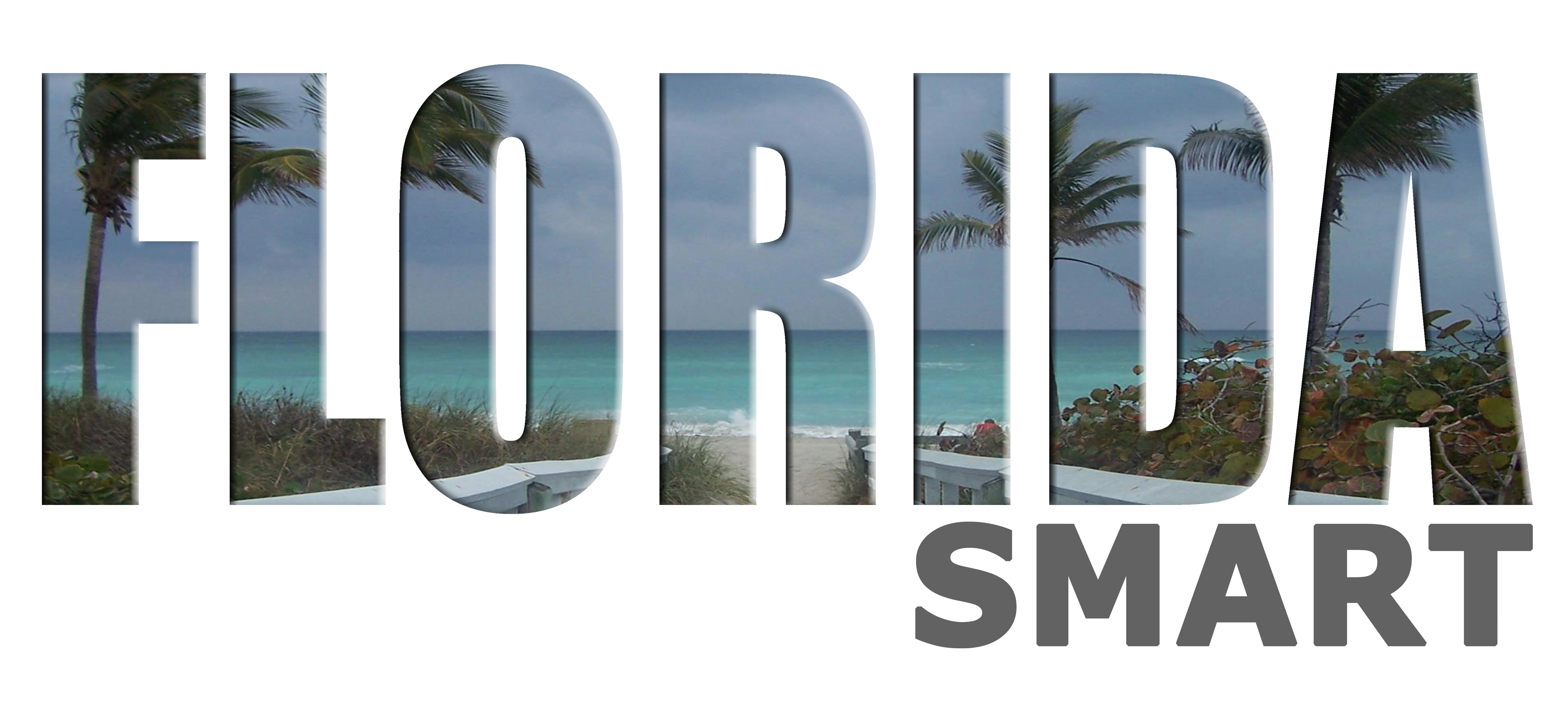Florida wildflowers provide a natural beauty to Florida’s landscape. Florida got its name Florida, which means the land of flowers, because when Ponce de Leon landed here, he saw wildflowers across the horizon.
These native plants thrive in various habitats, from coastal dunes to wetlands and prairies and have adapted to Florida’s unique climate conditions and pests, so they typically require less water and little to no fertilizer or pesticides. Wildflowers are important to Florida’s ecosystems as they are responsible for supporting some of Florida’s wildlife such as bees and hummingbirds, and they serve as shelter for many small animals and insects.
Coreopsis (Coreopsis spp.)
Coreopsis is the state wildflower of Florida. It features bright yellow or golden flowers with distinctively lobed petals. Coreopsis species, such as Lanceleaf Coreopsis (Coreopsis lanceolata) and Tickseed (Coreopsis tinctoria), are commonly seen in fields and along roadsides.
Blanketflower (Gaillardia pulchella)
Blanketflower is a striking wildflower with vibrant red or orange petals surrounding a central disk. It is a popular choice for gardens and attracts butterflies and bees.
Black-eyed Susan (Rudbeckia hirta)
Black-eyed Susan is a classic wildflower with yellow petals and a dark brown or black central disk. It thrives in open fields and prairies, providing nectar for pollinators.
Milkweed (Asclepias spp.)
Several species of milkweed are native to Florida, including the iconic Orange Milkweed (Asclepias tuberosa). Milkweeds are important for monarch butterflies, as they serve as host plants for their larvae.
Purple Coneflower (Echinacea purpurea)
While native to other regions, Purple Coneflower is cultivated and can be found in natural areas of Florida. It has distinctive purple petals and a raised, cone-shaped center. It attracts pollinators and is valued for its medicinal properties.
Beach Sunflower (Helianthus debilis)
Beach Sunflower is a low-growing wildflower that thrives in sandy coastal areas. It has bright yellow flowers and serves as an important plant for stabilizing dunes.
Spiderwort (Tradescantia spp.)
Spiderwort is a unique wildflower with grass-like foliage and vibrant flowers in shades of blue, purple, and pink. It grows in moist areas and blooms throughout the year.
Wild Petunia (Ruellia caroliniensis)
Wild Petunia is a native perennial with lavender to blue tubular flowers. It is often found in wetland habitats and attracts butterflies and hummingbirds.
Firewheel (Gaillardia pulchra)
Firewheel, also known as Indian Blanket, features distinctive red and yellow flowers resembling a colorful wheel. It thrives in sunny, well-drained areas and is a favorite of pollinators.
Blazing Star (Liatris spp.)
Blazing Star is a tall wildflower with striking spikes of purple or white flowers. It blooms in late summer and attracts butterflies and bees.
Tickseed Sunflower (Bidens spp.)
Tickseed Sunflower has bright yellow flowers and is commonly found in wetland areas, attracting various pollinators.
Phlox (Phlox spp.)
Several species of Phlox are native to Florida, displaying clusters of fragrant flowers in shades of pink, purple, or white. They prefer well-drained soils and are often seen in prairies and meadows.
Goldenrod (Solidago spp.)
Goldenrod is a late-season wildflower with yellow flower clusters that provide important nectar for bees and butterflies.
Yellow Thistle (Cirsium horridulum)
Yellow Thistle is a native wildflower with spiny leaves and bright yellow flowers. It grows in dry, sandy soils and attracts pollinators.
Pickerelweed (Pontederia cordata)
Pickerelweed is a wetland plant with striking blue or purple flowers. It is commonly found along the edges of ponds and lakes.
